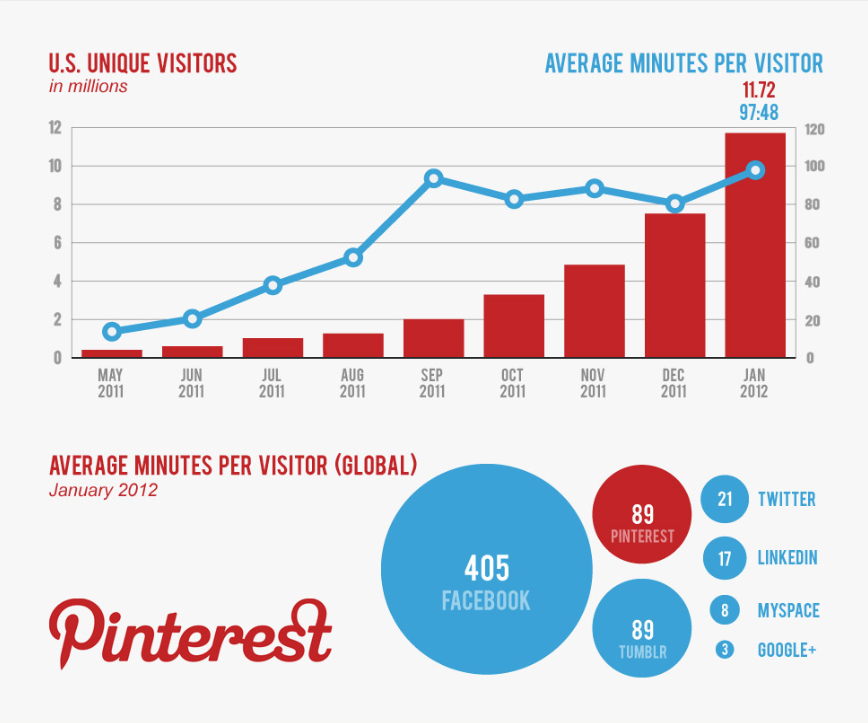Table of content
- Introduction to Influencer Marketing
- The Evolution of Influencer Marketing
- Key Factors Contributing to the Effectiveness of Influencer Marketing
- Real-World Examples of Effective Influencer Marketing
- Challenges Influencer Marketing Faces
- The Future of Influencer Marketing
- Conclusion
1. Introduction to Influencer Marketing
The Question “Why is Influencer Marketing So Effective Today?” Influencer marketing has emerged as a powerful strategy that brands utilize to connect with consumers effectively. In today’s digital world, consumers are bombarded with advertisements everywhere, making it challenging for brands to grab their attention. Influencer marketing addresses this challenge by leveraging individuals who have established credibility and a loyal following on social media platforms. These influencers create content that resonates with their audience and can sway their opinions and purchasing decisions.
The essence of influencer marketing lies in its ability to promote products or services through relatable figures rather than traditional advertising methods. When influencers share their genuine experiences with a product, it feels less like an advertisement and more like a recommendation from a friend. This personal touch builds trust between the influencer and their audience, making followers more inclined to consider the products being promoted.
Moreover, influencer marketing is not just for celebrities; it includes various individuals, from niche experts to everyday users. This shift allows brands to connect with diverse demographics and engage specific audiences. Whether it’s a beauty guru demonstrating skincare products or a fitness enthusiast showcasing workout gear, influencer marketing provides a platform for authentic and engaging content that resonates with consumers.
As we explore the reasons behind the effectiveness of influencer marketing, we will look into its evolution, key factors driving its success, real-world examples, challenges it faces, and future trends. By understanding these aspects, we can appreciate why influencer marketing continues to thrive in today’s marketing landscape.
2. The Evolution of Influencer Marketing
The concept of influencer marketing has undergone significant changes over the years. Initially, it revolved around celebrities endorsing products, often through traditional media like television and magazines. While this approach was effective, it lacked the personal touch and relatability that many consumers sought. The rise of the internet and social media platforms transformed this landscape, giving birth to a new generation of influencers.
Today, influencers come in various forms, from macro-influencers with millions of followers to micro-influencers with smaller, yet highly engaged audiences. This shift allows brands to tap into niche markets and target specific demographics, which traditional advertising often overlooks. Social media platforms such as Instagram, TikTok, YouTube, and Twitter have made it easier for anyone to become an influencer, as they can share their passions and expertise with a global audience.
Furthermore, influencers are now seen as content creators who can produce engaging and relatable material. They share personal stories, lifestyle tips, and reviews, making their endorsements feel authentic and trustworthy. This evolution has enabled brands to connect with consumers in a more personal way, fostering a sense of community and engagement around their products.
As consumers become more discerning, they seek genuine recommendations from individuals they trust rather than traditional advertisements. This demand has led brands to prioritize influencer partnerships in their marketing strategies, recognizing the potential to reach audiences in a more impactful manner. The evolution of influencer marketing has paved the way for innovative collaborations that benefit both brands and influencers, creating a dynamic and engaging environment in the digital landscape.
3. Key Factors Contributing to the Effectiveness of Influencer Marketing
Targeted Reach:
Authenticity and Trust
One of the main reasons influencer marketing is so effective is the authenticity it brings. Influencers often share their genuine opinions about products, making their recommendations feel more like friendly advice than a sales pitch. This sense of trust encourages followers to consider the products being promoted. When an influencer speaks passionately about a product they love, it resonates with their audience, making them more likely to purchase.
Influencers usually cater to specific niches, which allows brands to target their marketing efforts effectively. For example, a fitness brand can partner with a health and wellness influencer to reach an audience already interested in fitness. This targeted approach ensures that marketing messages reach the right people, resulting in higher conversion rates and more effective campaigns.
Engagement and Interaction
Influencers actively engage with their audience through comments, polls, and direct messages. This level of interaction creates a sense of community and involvement, making followers more likely to respond positively to brand promotions. The relationship between influencers and their audience is built on trust and interaction, leading to higher engagement rates.
Cost-Effectiveness
Compared to traditional advertising methods, influencer marketing can be more cost-effective. Brands can collaborate with influencers of various sizes, from mega to micro-influencers, allowing them to choose partnerships that fit their budget while still reaching a dedicated audience. This flexibility in choosing influencers means brands can maximize their return on investment.
Diverse Content Creation
Influencers are skilled in creating diverse and engaging content. Whether it’s through videos, photos, or stories, they can present products in a relatable way that resonates with their audience. This creative content helps brands stand out in a crowded market and provides a fresh approach to product promotion.
4. Real-world examples of Effective Influencer Marketing
Many brands have successfully leveraged influencer marketing to boost their visibility and sales. For instance, Gymshark, a fitness apparel brand, built its entire business around influencer marketing. By partnering with fitness influencers, Gymshark created a community of brand ambassadors who showcased the products in action. This strategy not only increased brand awareness but also fostered loyalty among customers. Gymshark’s collaborations with influencers have led to significant growth and have transformed it into a leading brand in the fitness industry.
Another great example is Glossier, a beauty brand that grew rapidly through influencer marketing. By collaborating with beauty influencers who genuinely loved their products, Glossier tapped into a community of beauty enthusiasts. Influencers shared authentic reviews, which helped establish the brand’s credibility and trust. Glossier encourages its customers to share their experiences on social media, further amplifying its reach and engagement.
Daniel Wellington, a watch brand, effectively utilized influencers on Instagram to promote its products. By sending free watches to influencers in exchange for social media posts, the brand created a buzz that significantly increased its sales. These influencers showcased the watches in lifestyle settings, making them desirable to their followers. This strategy has positioned Daniel Wellington as a trendy brand in the fashion industry.
These examples highlight how effective influencer marketing can be when executed well, showcasing the power of collaboration and genuine connections between brands and influencers.
5. Challenges Influencer Marketing Faces
Despite its effectiveness, influencer marketing is not without challenges. One major issue is finding the right influencer to match a brand’s values and audience. Brands must do thorough research to ensure that their chosen influencers align with their goals and have a genuine connection with their audience. A mismatch can lead to ineffective campaigns that fail to resonate with consumers.
Additionally, the rise of fake followers and engagement can distort results, making it difficult to measure the true impact of a campaign. Brands must be cautious and look for authentic influencers with genuine engagement rates. Tools and platforms that analyze follower demographics and engagement metrics can help brands make informed decisions.
Another challenge is managing expectations. Both brands and influencers must communicate clearly about campaign goals, deliverables, and timelines to avoid misunderstandings. Clear contracts and agreements can help set the right expectations for both parties.
Finally, the regulatory environment surrounding influencer marketing is evolving. Governments and platforms are implementing stricter rules regarding transparency and disclosure, which can create hurdles for brands and influencers alike. Keeping up with these changes is essential to ensure compliance and maintain consumer trust.
6. The Future of Influencer Marketing
Looking ahead, influencer marketing is expected to continue evolving. With the rise of platforms like TikTok and the growing popularity of short-form videos, brands may need to adapt their strategies to fit these new formats. The success of TikTok influencers demonstrates the power of creative and engaging content that captures attention quickly. Brands that embrace these trends will likely find new opportunities for growth.
Moreover, as consumers become more aware of influencer marketing, they may demand greater transparency and authenticity from influencers. Brands will need to ensure that their partnerships are genuine and that influencers truly believe in the products they promote. This authenticity is crucial for maintaining consumer trust and engagement.
The rise of micro and nano-influencers is another trend to watch. These influencers often have smaller but highly engaged audiences, making them effective for niche marketing. Collaborating with these influencers can provide brands with a more targeted approach and a deeper connection with their audience.
Finally, the integration of technology, such as AI and data analytics, will allow brands to better analyze influencer performance and audience engagement, leading to more effective campaigns. By leveraging data, brands can refine their strategies and ensure that they are reaching the right audience with the right message.
7. Conclusion
Influencer marketing has proven to be an effective strategy for brands looking to connect with consumers in a meaningful way. Its authenticity, targeted reach, and engagement make it a powerful tool in today’s marketing landscape. While challenges exist, the potential for growth and innovation in influencer marketing is immense. As brands and influencers continue to work together, we can expect to see even more creative and impactful campaigns in the future. Ultimately, influencer marketing is reshaping the way brands communicate with their audience, making it a vital component of modern marketing strategies.









